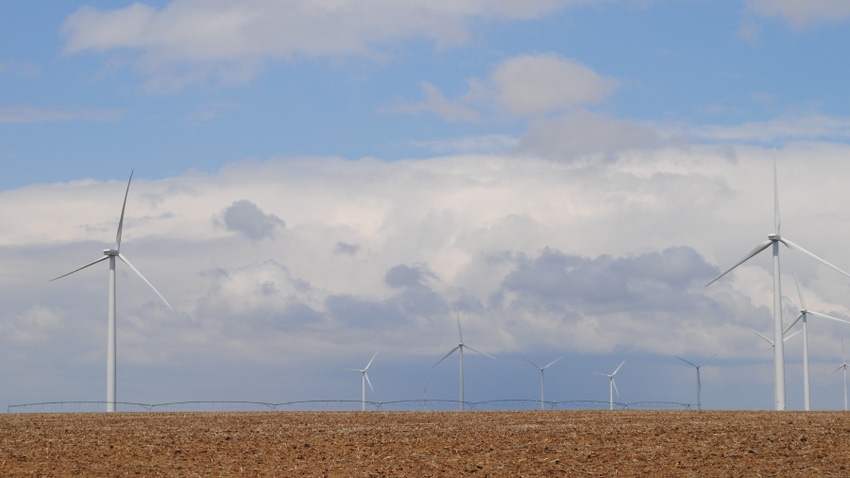
David Bracht knows energy. The former director of the Nebraska Energy Office was appointed in 2015 by Gov. Pete Ricketts and served as an important adviser to the governor’s office on energy policy.
Today, Bracht is an attorney with Kutak Rock, a law firm based in Omaha, and advises agriculture and renewable energy clients on corporate, finance and regulatory issues.
Bracht recently wrote to Nebraska Farmer, discussing our January cover story, “Who owns Nebraska land?” Bracht took issue with the use of the word “control” in the article, when describing primarily land leases involving wind and solar projects, because a large portion of foreign “controlled” ag land in the state is under such lease arrangements.
“I think the word ‘control’ doesn’t properly describe the situation for most wind and solar projects,” Bracht wrote in his emailed letter on Jan. 2. “Based on my time as state energy director and working with wind project developers before and after that, nearly all wind projects include only an easement grant in the farmer’s lease allowing the developer to build the wind project.”
Bracht continued, “The easements are signed before individual turbine locations are set and generally cover the farmer’s entire parcel to allow the company to select the optimal locations.”
He explained that usually only 1-3 acres or less are required for one turbine, so that would mean that the land actually taken out of production is much less than the easement acres, as reported by USDA.
As an example, Bracht cited the five wind energy projects located in Antelope County. If all 368 turbines in those projects were located in Antelope County and all required a full 3 acres per turbine, the total land truly controlled by the wind developer would be 1,000 acres. That’s barely one quarter of 1% of the 280,574 acres reported through the Agricultural Foreign Investment Disclosure Act.
Bracht said he is a proponent of wind and solar development. He noted that landowners normally receive between $10,000 and $15,000 per turbine, which, unlike commodity prices, is fixed and sometimes increases during the 20- to 25-year term of the project.
In addition, local counties receive between $7,500 and $10,000 per turbine in additional tax revenue, benefiting the entire community.
About the Author(s)
You May Also Like






